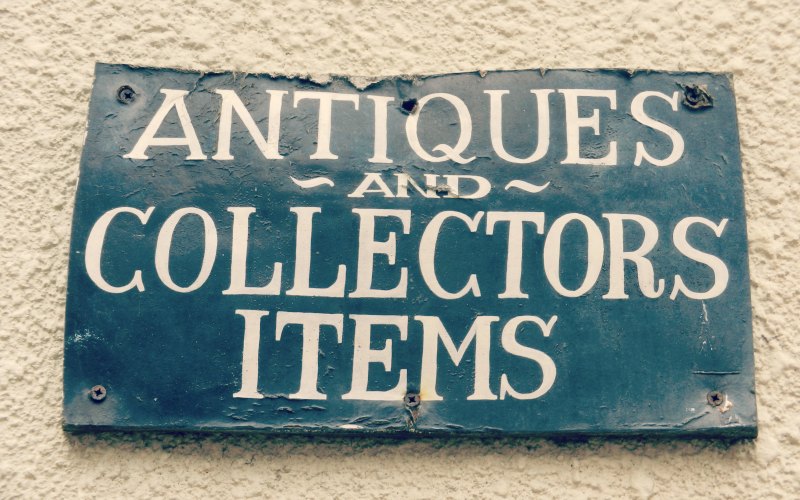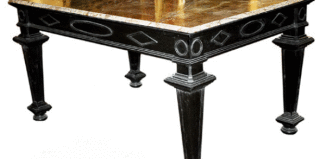People say “imitation is the sincerest form of flattery”. And while the fact that someone wants to be like you may flatter you, when it comes to shopping, imitation is nothing more than a hoax. Simply said, it is fraud. This particularly applies to antiques. When you are sold an antique item claimed to be a genuine vintage, you don’t question it, right? But what if it turns out to be just a very good imitation? Would you be flattered or upset? My guess is, you’ll leaning more towards furious and disappointed. That is why it is always good to to do some research before you start visiting antique shops. Also, knowing the terms used in antique shops (brick and mortar and online), will help you know the difference between a genuine piece and a counterfeit.

Shopping Tips
Just as you would do a research if you were buying a property, it is essential to do your homework when shopping for antiques as well. This includes learning the antique language (what is collectible, reproduction, repro, etc.); talking to antique collectors and dealers; read books, magazines and catalogs; and visiting auctions and reputable antique shops. Remember, the more you know about antiques and history of certain pieces, the less likely you are to pay for a counterfeit piece. Before you buy any antique ask questions:
- How long has the the antique dealer been in the business?
- Is he/she a member of any antique-related organization?
- What antiques and historical period does he/she specializes in, if any?
- Does an antique dealer carry reproduction and does he/she offer restoration and repair services?
- Is the dealer 100% sure an item is genuine and what is the criteria used to determine item’s authenticity?
- Is the dealer willing to give you a written guarantee of item’s authenticity? If not, question the price or move on.
- How does an antique dealer decides on a price of certain antique?
If you choose to buy antiques online, make sure you:
- Ask for pictures of the item taken from every angle. Make sure you highlight you want close-ups and not some blurry photos. This way you will be able to better determine item’s authenticity and value.
- Ask the seller if he’ll allow you to buy an item, have it inspected and decide whether you want to keep it or not. Most antique sellers and antique shops will allow it, but only if you, in case you do not want an item, return it within certain period of time.
- Ask for a written receipt and guarantee.
- Ask about return and shipping policy, shipping cost and package type.
Regardless of whether you decide to buy antiques online or from antique shops, make sure you get a receipt from the seller. The receipt should include information on the seller (name, address, contact phone), item description (price paid, historical era, age, and if any restoration or repair has been done).












